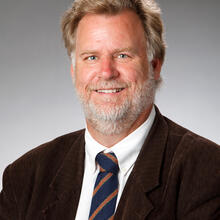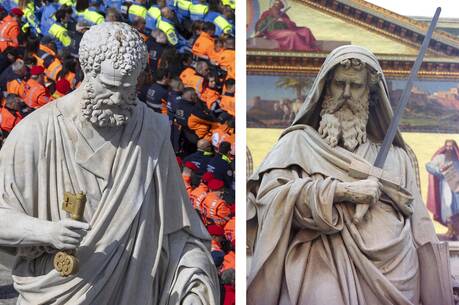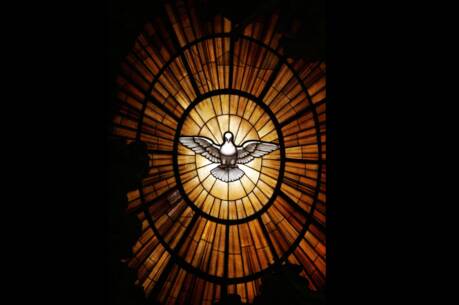The Lamb and the Sheep
The Revelation of John seems to shroud everything in mystery and mythic language, but it is, as its title proclaims, a revelation, an unveiling of that which was hidden. Sometimes an image in Revelation, a simple description of a mysterious scene, reveals more than we are initially aware of. The Lamb sits upon the throne of God in Revelation. So normal is this image that we forget that John is showing us that the Lamb is also God. The high Christology of Revelation is regularly overlooked, though it agrees with that of John’s Gospel, where in the Good Shepherd passage Jesus says, “The Father and I are one.”
And Revelation unveils even more—for instance, that “the lamb at the center of the throne will be their shepherd.” We are so used to the image of Jesus as the Lamb of God and the image of Jesus as the Good Shepherd that we might not immediately attend to the incongruity of the two images together: A lamb is our shepherd.
The imagery of Jesus as lamb has profound theological and sacrificial implications, especially in Johannine literature, which presents Jesus as the Lamb of God who takes away the sins of the world. But the imagery of the Lamb offers us another image: the lamb is one of us, the sheep. In a homily in 2013 Pope Francis asked that priests “be shepherds with the smell of sheep.” Jesus literally embodied this principle in the Incarnation by becoming the shepherd who joins the flock.
This is why Jesus, the Good Shepherd, can say, “I know my own and my own know me,” for he became one of us and knows intimately who we are and our lives. Jesus also says, “My sheep hear my voice. I know them, and they follow me.” But this statement is a provocation for some of us. If I am described as a sheep who follows, am I only a thoughtless follower?
The derogatory term sheeple, a combination of “sheep” and “people,” is used online today to describe people who are led mindlessly and easily controlled because they have no will or thoughts of their own. But the image of Jesus the Lamb tells us that our God came to be one of us, to walk in solidarity with us, to die for us, not to control us. The Good Shepherd knows who we are, cares for us, and has our best interests at stake. If we are we willing to hear the Good Shepherd, we will know our true worth.
In fact, knowing that we belong to the Good Shepherd is the source of all of our value. God loved us enough to become one of us. To know God is to know ourselves and our worth; to love God is to love ourselves for who we are: sheep who know the shepherd, who hear his call and who respond to the voice of God.
Both Revelation and John’s Gospel indicate why God, the Good Shepherd, became the Lamb of God and where God is leading us. Jesus says in John’s Gospel that his reason for calling his flock is because he gives “eternal life, and they will never perish. No one will snatch them out of my hand.” The sheep are following the shepherd to paradise. Their care is eternal.
In Revelation, John receives an image of the flock, not a tiny, rump herd, but “a great multitude that no one could count, from every nation, from all tribes and peoples and languages, standing before the throne and before the Lamb, robed in white, with palm branches in their hands.” Though these members of the flock had suffered earthly loss, the Shepherd’s promise was true: “They will never perish.” In fact, it is not just life that the Shepherd gives but also the promise of abundant life: There will no longer be hunger or thirst or even the harshness of a scorching sun, “for the Lamb at the center of the throne will be their shepherd, and he will guide them to springs of the water of life, and God will wipe away every tear from their eyes.” The Good Shepherd, one of us, a sheep like us, is the very God who has prepared for us an eternal home and who leads us home to paradise.
This article also appeared in print, under the headline “The Lamb and the Sheep,” in the April 4-11, 2016, issue.







